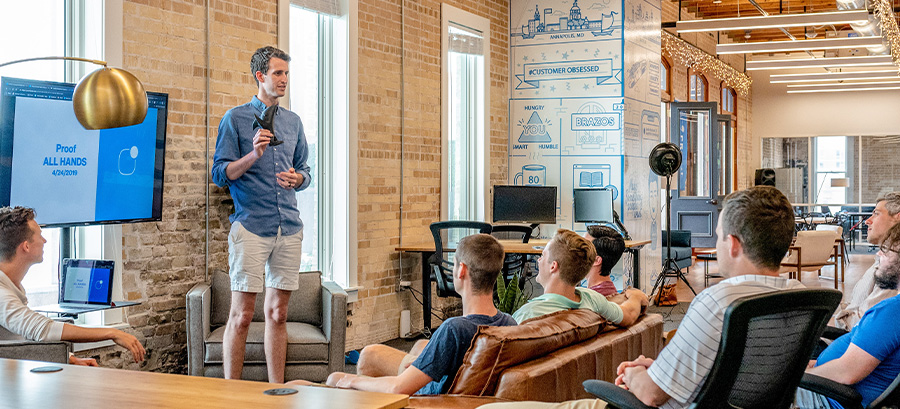Co-written with Simon Howard of DRYVER.
Millennials. Ugh. The worst, right? I mean, we all know that they can’t work, live in their parents’ basement and play xbox or watch Netflix all day, can’t hold a job, and aren’t loyal.
Or was it that they are the generation that wants too much at work, can’t get away from work, work longer hours than ever before, and is always looking to be the best they can be?
Either way, we tend to generalize an entire generation based on a few things we think ~21% of the entire population of the US and Canada have in common.
But guess what! We’re wrong. And we keep falling into the same trap.How do I know?
Ridiculous infographics like this. Images that garner thousands of unwarranted likes and shares.
What happens in charts like this is that people think they can group (in this case) 30 years of people(!!) into three categories and suggest they all act and think a certain way.
They can’t. We can’t.
See, the Millennial problem isn’t a Millennial problem because the idea of a Millennial is a false construct to begin with. A Millennial is nothing more than a group of years someone happened to be born in. Millennial doesn’t speak to an individual’s values, wants, needs, and expectations, and the truth is that many of these are shared with people across generations, regardless of age.
So what happens when we lose people in our organizations then? What is the real problem if it isn’t a Millennial one?
Well, the problem is very likely one that is rooted in communication or expectations, and on either end of the spectrum.
Many organizations think that if they communicate ‘like a Millennial’, that ‘they’ will come flocking to the job. They think that if we post about a keg and ping-pong table in the office, that they will need to hire extra help just to sort through excess resume’s.
Nope. It doesn’t work like that.
Because these Millennials, these people, like anyone else, need to understand what the real experience of the job is. They need to know that a perk isn’t culture and they need to know who they will be working with and why.
But don’t get me wrong, we aren’t catering to the next generation here. Chances are that if you’re looking for a job (and aren’t a Millennial), you’d want the same thing, right?
Think too, of what a job description today looks like. It isn’t at all a description of the job, it is a skills and requirements checklist. Imagine if there were stories told, and that a new employee, regardless of age, could better understand what the environment they will be spending the most significant part of their day in would be like.
Culture and process comes down to people, and celebrating that different people want and expect different things. No longer is it about segmenting and grouping people based on their age, it is about understanding who fits where, and how they can all work workplace that grows and changes as fast as the world around it.
The Millennial problem isn’t a Millennial problem at all, it’s a modern day work evolution. People in their 40’s want the same things as their peers in their 20’s. So how do we ensure we understand our teams?
Though there may be many people in that age group that don’t stick around for long, think of it not because they are a certain age and that turnover is expected, think of it as an opportunity to communicate and execute more effectively to optimize culture and create workplaces where people get to come to work, not feel like they have to be there.
Looking for help with this? Check us out!
*****
If you’re interested in the work we’re doing, or want to subscribe to our articles, please click HERE!
Follow Eric on Twitter, Facebook, and LinkedIn. Check out his TEDx talk here. Also, check out The DRYVER Group for more information.
More posts
Given the Pandemic, There is Currently Something More Important Than Our Company ‘Why’
Over the past months, the pandemic has dominated the headlines. Greta Thunberg and the acute…
Most of us can vividly recall the nervous feeling right before our teachers would take…
More Than Just an Office: The Potential of the Workplace of Today
“I just want things to go back to normal.” Perhaps you have either heard or…



